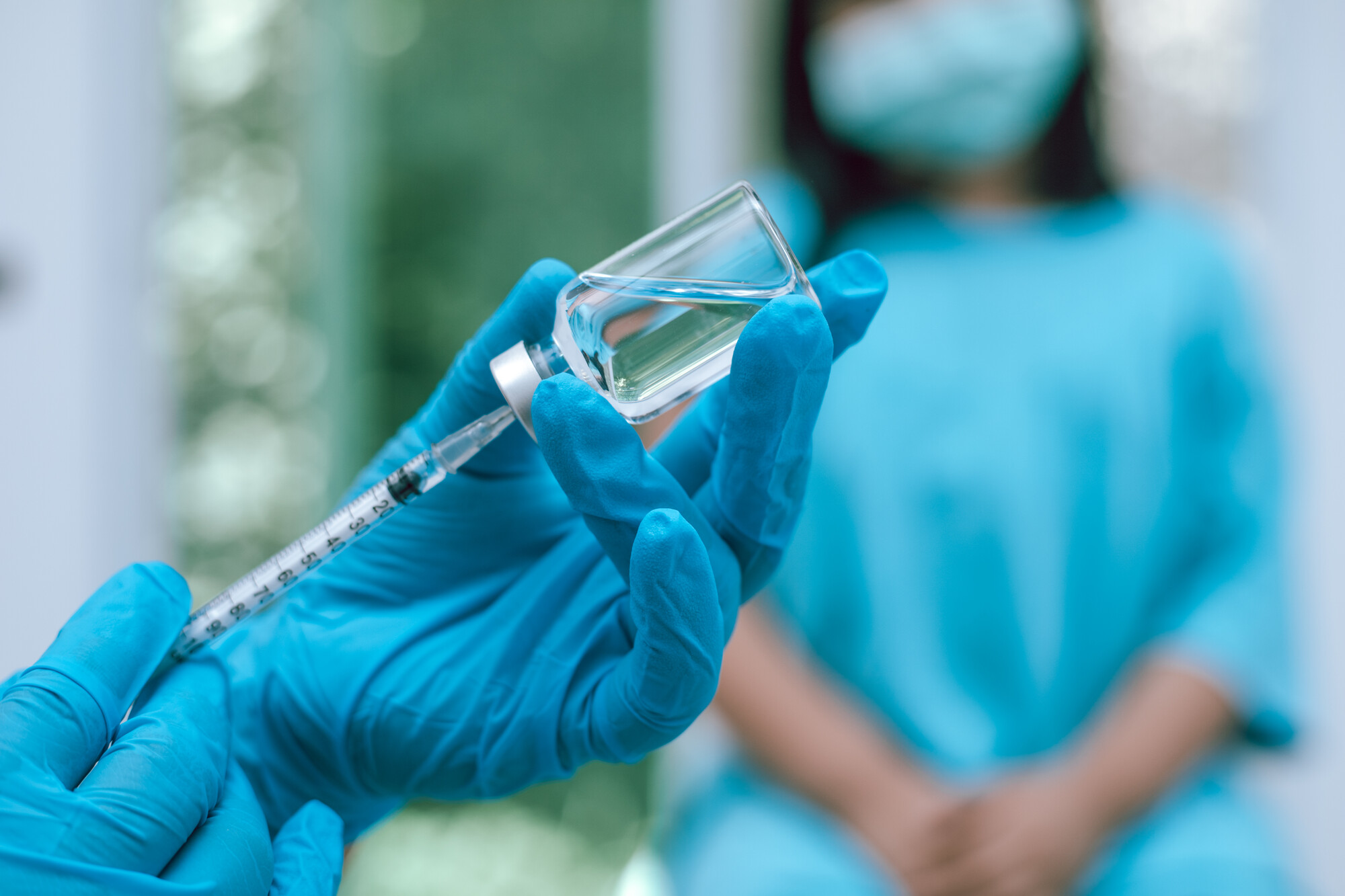As the corona virus is constantly changing, the vaccines also must be constantly adapted. A new BioNTech vaccine has been developed for the Omikron variant JN.1 and also protects against its sub-variants. Coronavirus infections are on the rise again.
This “Comirnaty JN.1” vaccine from BioNTech has been available in Germany since August 2024. Three other vaccines have also been approved in Europe: Spikevax from Moderna, also an mRNA vaccine like the one from BioNTech, Nuvaxovid from Novavax and Bimervax from Hipra. The last two vaccines are protein-based.
Not everyone experiences side effects after the vaccination, some only have minimal discomfort such as pain at the injection site. However, fever, fatigue and sometimes nausea often occur after a Covid vaccination. These side effects usually subside within a few days. If you had a fever or felt particularly exhausted during your last vaccination, it is likely that you will also experience these side effects during your next vaccination. The most common symptoms are cough, fever, aching limbs, headache, shortness of breath, sore throat, diarrhea, runny nose, loss of smell or taste and nausea.
In the case of vaccination side effects, a distinction is made between vaccination reactions and vaccination complications. Vaccination reactions describe typical symptoms such as redness or aching limbs. These are signs of the desired immune response and subside after a few days. Vaccination complications, on the other hand, are very rare and refer to serious adverse drug reactions (ADRs) [1].

*Data unknown
Serious vaccination reactions (vaccination complications)
Serious vaccination reactions are extremely rare with vaccines licensed in Germany. Almost all potential side effects can be determined in advance with the help of vaccination studies. For very rare (potentially serious) vaccination reactions, however, this is only possible over time.
“Side effects can never be ruled out. Even established vaccines have side effects. It is important to know these exactly. Only then is it possible to make a well-founded decision about who the vaccine is safe for and who has more benefits than risks from vaccination.” [2]
Even after approval, every new vaccine continues to be monitored and researched. For Germany, the Paul Ehrlich Institute (PEI) centrally records all side effects and vaccination reactions. If new COVID-19 vaccine risks are identified, these are published by the Paul Ehrlich Institute. [3] For each vaccine, all side effects are listed in the corresponding product information and continuously updated.
The Standing Committee on Vaccination (STIKO) at the Robert Koch Institute draws up vaccination recommendations based on the data on the efficacy and safety of the respective vaccines so that vaccines can be used optimally. [4]
Data plays a central role in the coronavirus pandemic. They made it possible to develop vaccines in record time. Clinical studies and the analysis of patient data helped to investigate treatments and long-term effects and to share data worldwide. This is how COVID-19 was successfully combated.
The contents of this article reflect the current scientific status at the time of publication and were written to the best of our knowledge. Nevertheless, the article does not replace medical advice and diagnosis. If you have any questions, consult your general practitioner.
Originally published on






